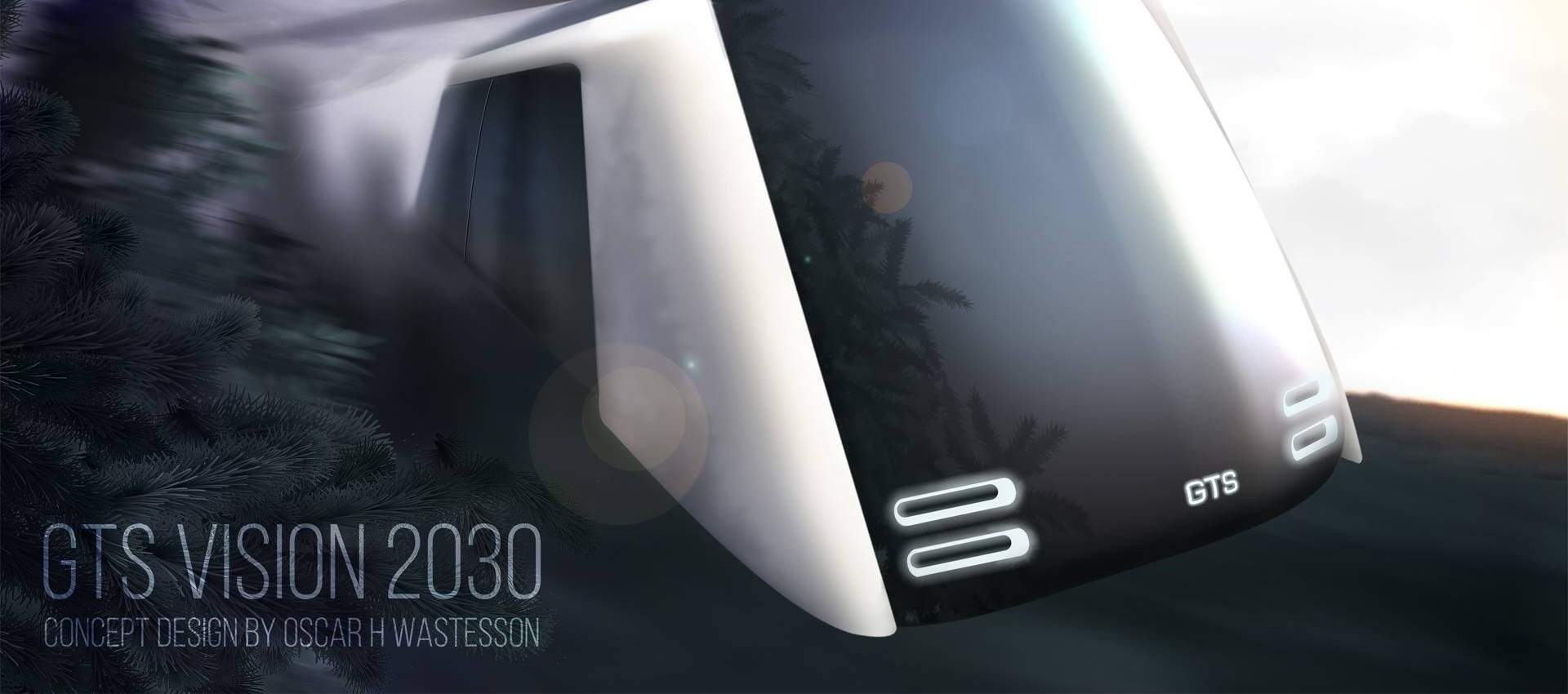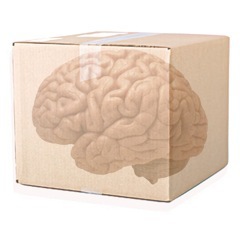 INTRODUCTION
INTRODUCTIONABSTRACT
The GTS concept combines electro-magnetic breakthrough with a full-fledged general functionality that neither conventional transport technologies nor any other presented frontier technology embrace.
PARADIGM SHIFT NEEDED
If you were to design an entirely new land transport system for all our mobility, would you end up with cars and trains? Conventional transportation of people and goods consumes much time and energy, causing pollution, safety hazards and congestion. In spite of extensive refinements in detail, they still suffer from inherent shortcomings. It is increasingly impossible for them to meet social, economic, sustainable and safety requirements in one nutshell. Even though the digital revolution is expected to reduce physical travel and transport there are still no evidence for this to happen. The time has come for a paradigm shift in mobility.
GTS will reshape and liberate our transport landscape, just as the Internet has changed the global flow of information; but now for individual, mass and cargo transport, over all distances. Market development of GTS starts by local networks giving people a new freedom of mobility "60/24/7". GTS strives for an optimal mix of many fundamental aspects of transport, like infrastructure, propulsion, cabins, control, high capacity and social functions. GTS is available on demand and, like the Internet, better customized so that what we want, is available when we want it.
One of the GTS targets is to reduce both travel time and cost by half. This increased effectiveness will generate an economic boom, comparable to that occurring when trains replaced canals or when cars replaced horses. Another impact will be a greatly reduced number of fatalities, injuries and material damage arising from transport accidents. GTS will promote safety standards and eliminate traffic emissions, noise, and other drawbacks associated with Conventional Transport Systems (CTS).
The GTS concept consists of an advanced "shuttle" - a drive sled - running inside an elevated guideway. The drive sled is levitated, propelled, braked and switched magnetically, avoiding the maintenance and friction dependancy of wheel-rail or wheel-road based systems.
INTODUCTION COURSE ON GTS
Linda Byström, Swedish diaspora in Oslo, has contributed to our understanding of the GTS far-reaching capacities in this Prezi presentation. Open and enjoy by orienting yourself through the foliage (by right and left arrows); You will also find the original video Bubbles and Beams - a Convenient Future. Linda is an engineer by the Norwegian University of Life Sciences, south of Oslo. The presentation is digitally heavy so mind you it may take some seconds to load it.

Break The Box
We have to break the box made out of habits, conventions and experience and all too often sealed with sturdy duct tape made of conviction, that limits our thinking regarding transportation. We have to take in the whole picture and not limit ourselves to piecemeal solutions of specific problems. We cannot continue to build systems that require hubs, where the hubs create the congestion that the systems are built to solve.
It is hard to "think out of the box." In transportation it seems that people have their thinking locked into train boxes, bus boxes, car boxes, tram boxes - and now also podcar boxes.
We think in terms of freight, cars and public transportation, as if they were separate issues. This leads nowhere, as the discussions only touch part of the total problem, which is not only about getting people to and from work or about getting goods from A to B, it is not only about energy efficiency or emissions. The problem is to find practical, technological solutions that fit the needs of modern society, the needs of people who try to keep their lives together, to find technologies that allow us to build a more sustainable society that is both more humane and more efficient.
Public transportation and rail services depend on concentration of people and goods to a limited number of hubs. To get from point A to point B, people have to go to a bus stop or a station, from where they are taken to a main hub, where they change to something that takes them to point B - or close to it. Often after changing at yet another hub.
Freight is transported to a central hub, sorted and then dispersed again in all directions.
If you live or work close to a main hub, or have your business close to a freight hub, life is easier. The hubs are a major cause of congestion. Expansion of public transportation or rail services thus contribute to the very congestion that the investments aim to ease.
Roads, with cars and trucks, work differently. Cars and trucks can go the shortest or fastest way, directly from A to B. This makes them very attractive for travel and freight, in spite of their drawbacks: accidents, pollution, their excessive use of valuable space, high energy consumption, and demanding skilled drivers.
Podcars, commuter trains and buses, subways and other modes of public transportation only address one particular transportation need. If one takes a look at causes of the difficult traffic situation in major cities, it quickly becomes evident that it is not enough to solve only the commuter problem. In a city like i.e. New York, with high population density and high buildings, a major part of the limited parking spaces are occupied by delivery and service vehicles. They clog the streets even though a high percentage of New Yorkers walk or ride the buses and subways.
It is in a way not correct to make a presentation of GTS at a podcar conference, because GTS goes way beyond podcars. As the name, General Transportation System, implies - GTS can solve all transportation needs within a modern metropolis area, except the needs for heavy construction.
GTS differs from all other transportation technologies, both existing modes of transportation and proposed, by taking in the whole spectrum of transportation needs. Like roads, the GTS system can take on all kinds of loads. It can move small vehicles for individual travellers, bigger vehicles that fill the same roll as buses or trains and cargo containers of different sizes and for different needs. And like roads, the GTS system can load and/or unload just about anywhere, and move both people and things the fastest way from A to B. The big difference is that the GTS system is automatic, thus requires no drivers, no driver's licence, no navigation skills. It is also faster, safer, more energy efficient and less intrusive than roads. As it takes people and goods directly from A to B and is capable of high speeds with platooning of the vehicles, it can compete for total travel time with even the fastest trains, which only can take passengers from terminal to terminal or hub to hub.
GTS breaks the molds that until now have forced humanity to accommodate to the limitations of technology. With GTS technology it is possible to break the thinking box that makes us think in well established patterns when we think transportation.
The GTS system, which is quiet and emission free, can be run through buildings, which allows for a completely new mindset when thinking of transportation. People could even commute in their office module, which can be moved automatically from their workplace to their home and back, turning commuter time into productive work time.
Freight can be divided into smaller batches that can be automatically transported from the goods terminals serving big cities, into stores and offices. It would even be possible to stock store shelves in the freight terminals and take them by GTS directly into the stores.
GTS allows for both individual transportation and large scale public transportation in the same automated system. The automation, the emission free and silent operation, allows the system to run at all hours without disturbance to the environment. In the daytime most of the capacity can be used for passengers, while at night most of the capacity can be used for goods. This dual use makes GTS more economical than systems that are dedicated to very specific transportation needs. GTS can also be used for dual mode transportation. Self-propelled vehicles can be driven like cars to and from the GTS system, and either be hung connected directly to the GTS vehicles with a GTS standard coupling, or driven onto a platform "pod".
GTS can accommodate private or specialized vehicles that are automatically parked in designated facilities, and it can run standard vehicles that circulate on the beams until called upon by customers. Extra pods, pods for specific uses and extra capacity vehicles can be stored in strategically placed facilities, making it easy to adapt the GTS system to varying needs of capacity and or specialized pods. GTS can provide a base for the development of new technology and new business models for transportation in the same way that the internet paved the way for new thinking in information exchange and computation. It can facilitate a new way to build our societies, where all locations can be equally efficient, with equally fast door-to-door transportation between all points within a region.
The GTS is not a fixed system. It is a system that can grow and be transformed with evolving coverage and evolving needs. It can be an internal conveyor system in a warehouse, and it can be a regional transportation system that makes car traffic and distribution trucks obsolete - freeing up the roads and streets and eliminating traffic accidents. And it can be everything in between. It can supplement the present modes of transportation, and provide those first and final legs of a journey, between the As and Bs and the terminals, where large scale transportation systems cannot go. GTS can cooperate and GTS can compete.
There are no set business models for GTS systems. The standards of the system allows for a wide range of companies and public agencies to build and operate GTS systems or fleets of vehicles. Pods can be individual or public, privately owned or operated by companies or public agencies.
GTS provides endless possibilities. The only limitation is the box that limits our imagination of future transportation systems and technologies.
We have to break that box!
By Per Åhlström